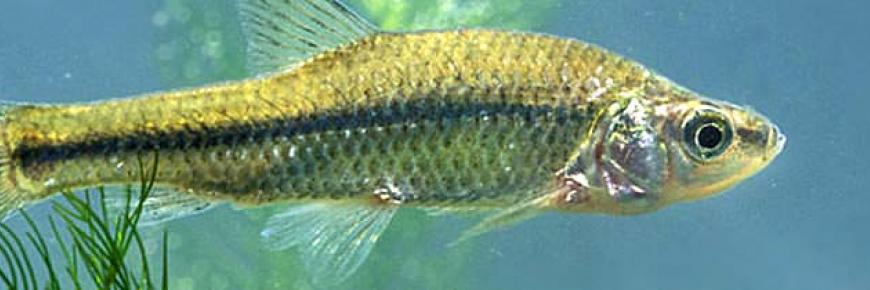Invasive Species Star
 Japanese Sea Star - Asterias amurensis
Japanese Sea Star - Asterias amurensis
The Japanese Sea Star has a striking appearance: five bright yellow arms with purple pigmentation extending outwards from a central disk, stretching up to 50cm in diameter.
You’ll find this starfish in marine and estuarine habitats, and if you spot one it won’t be long until you have millions on your hands. In Port Philip Bay (Australia), numbers reached 12 million individuals just two years after the starfish was first detected! In their native range, Japan, this starfish is known to go through ‘boom and bust’ cycles reaching huge numbers followed by a rapid decline. It is also known to be predated on by the sunstar, Solaster paxillatus. However, in their introduced range the Japanese sea star is free from its natural predator and is yet to go through the ‘bust’ part of their traditional population cycle.
The starfish is a voracious predator and has a varied diet, including dead fish and native marine organisms. However, it has a particular passion for mussels, scallops and clams. This means that outbreaks of the starfish can cost the mariculture industry huge sums of money.
The recent RINSE Horizon Scanning Report shows the Japanese sea star is yet to reach European waters, and based on its effect in Australia, it is an invasive species we need to keep out! As with many invasive species, the Japanese sea star can be introduced unintentionally by human activity on the water. Ship ballast water, hull fouling and fishing/mariculture equipment could all spread this invasive sea star to European waters. It is important everyone follows biosecurity protocols – or this could be US!
References:
http://data.daff.gov.au/marinepests/index.cfm?fa=main.spDetailsDB&sp=6000005721
Images: Japanese Sea Star (Lycoo)

